Winemaking
We Believe
… that a wine that respects its sense of place, its natural balance and the glories of its natural flavors will deliver on its only true purpose — giving pleasure to those who consume it.
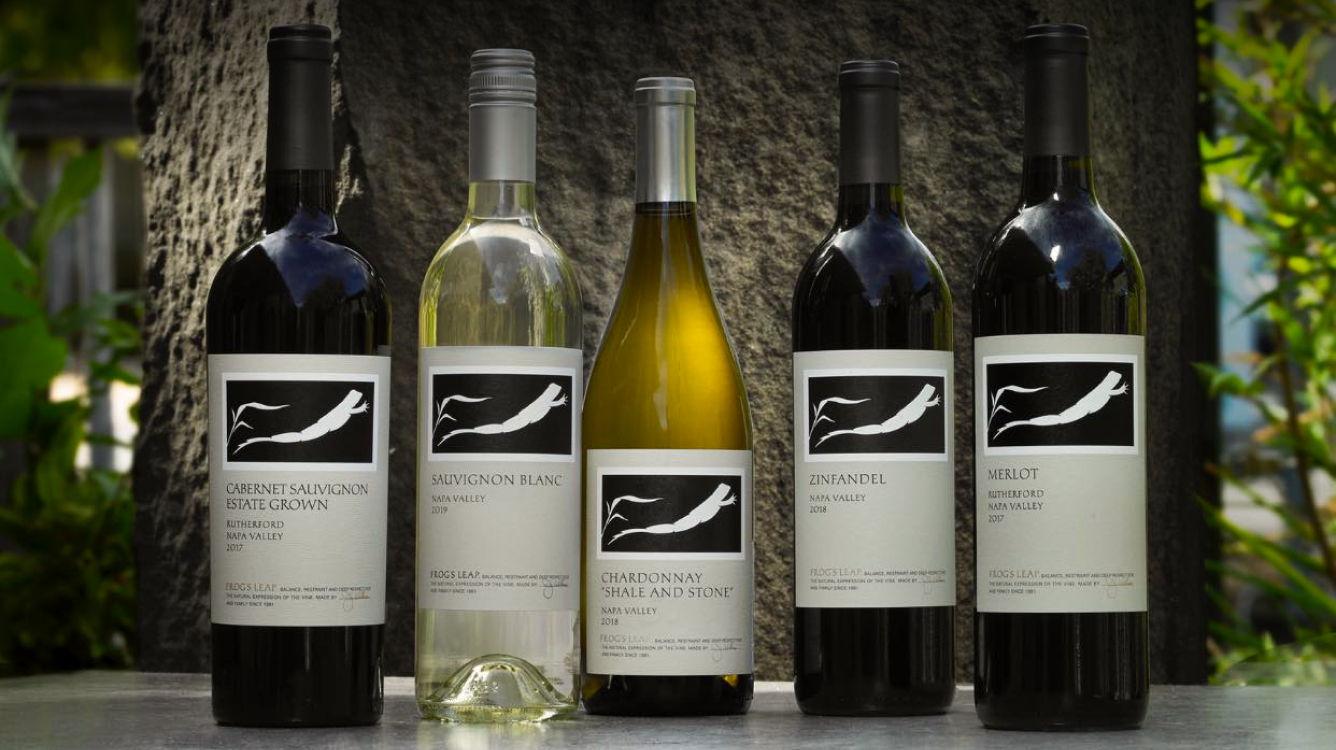
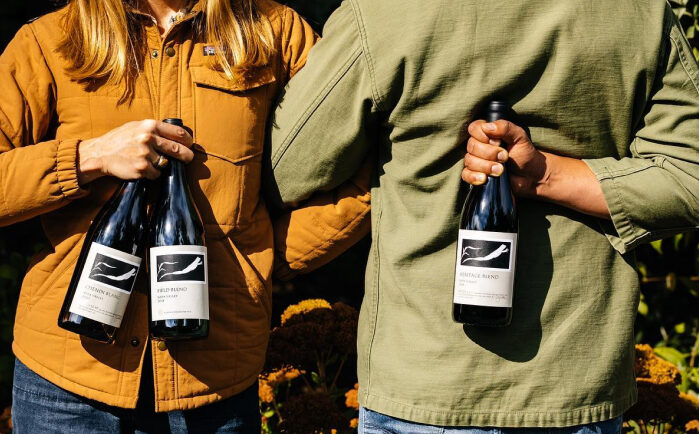
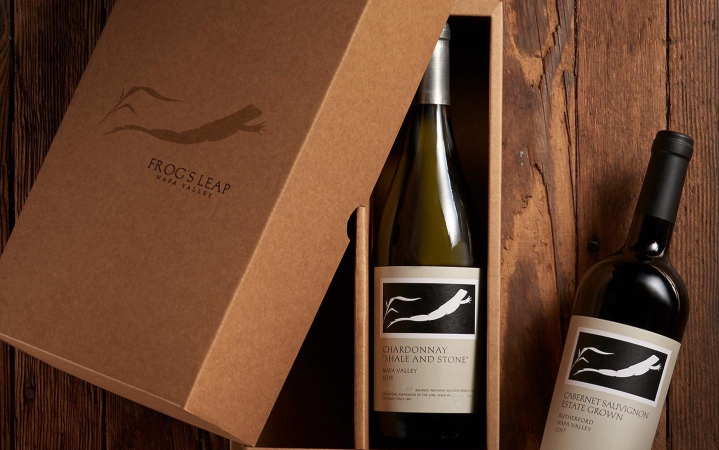
A Perspective
The Napa Valley is an exhilarating and maddening place to make wines. For starters, our tiny appellation — 25 miles long and 2 miles wide at it’s widest point — is home to more than 130 different soil types. With its unique topography and geographic location temperatures can vary wildly from North to South. Variables of root stock and varietal only compound the possibilities (and challenges). Since the late 1800s people have been trying to forge a name for themselves here, but as we know from our friends across the water, mastering the craft of winemaking is the work of generations.
Since 1981 we have sought to make wines of intent at Frog’s Leap. Wines that reflect balance, restraint and an identifiable expression of each Vineyard’s unique character. In 2018 we went so far as to put that statement on our label, and today we are proud to have two generations (of several families) working side by side in our vineyards and our cellar.
But resting on our laurels we are not. Firmly committed to what we think of as a classical style of wine, we are always seeking improvement. Our winemaking approach reflects many old world techniques. Beginning with a deep and abiding emphasis on viticulture, we also favor natural yeast fermentations, minimal use of S02, restricted use of finings or filtrations, no supplemental additions, and the use of oak barrels for the elevage of the wine rather than as a flavoring agent. Throughout our history we have held fast to our belief in the success of balancing “tried and true” with an ability and willingness to evolve in pursuit of excellence.
If it can make us better winemakers, if we can make better, truer wines, we’re in.
John Williams, Founder and Winemaker
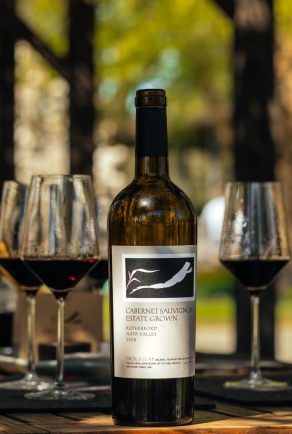
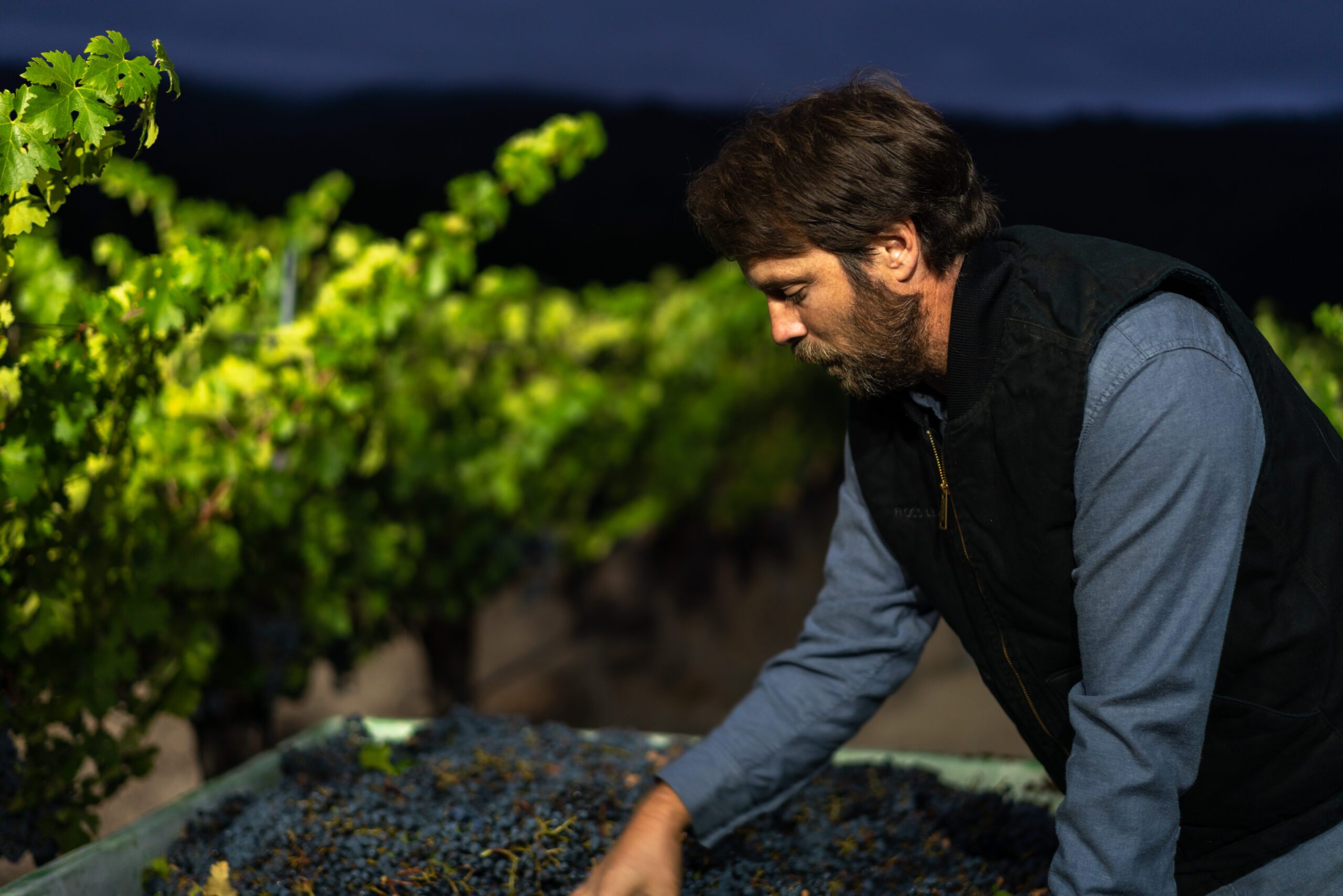
Cabernet Sauvignon Estate Grown
Our classically structured Estate Cabernet is the result of a life-long education in what Rutherford Dust means. Our estate vineyards are deeply rooted in alluvial soils that exist at the midpoint between up-valley opulence and down-valley vibrancy — where warm summer days give way to cool evenings, instilling a unique tension in the fruit and therefore the wine.
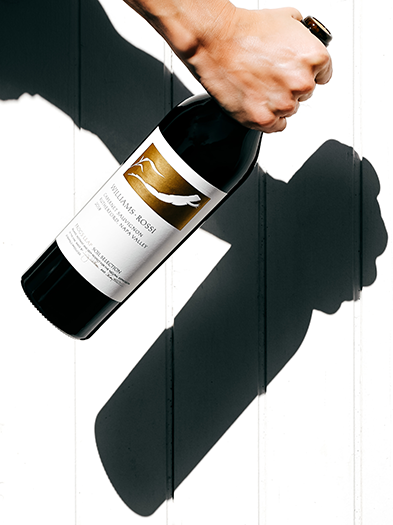
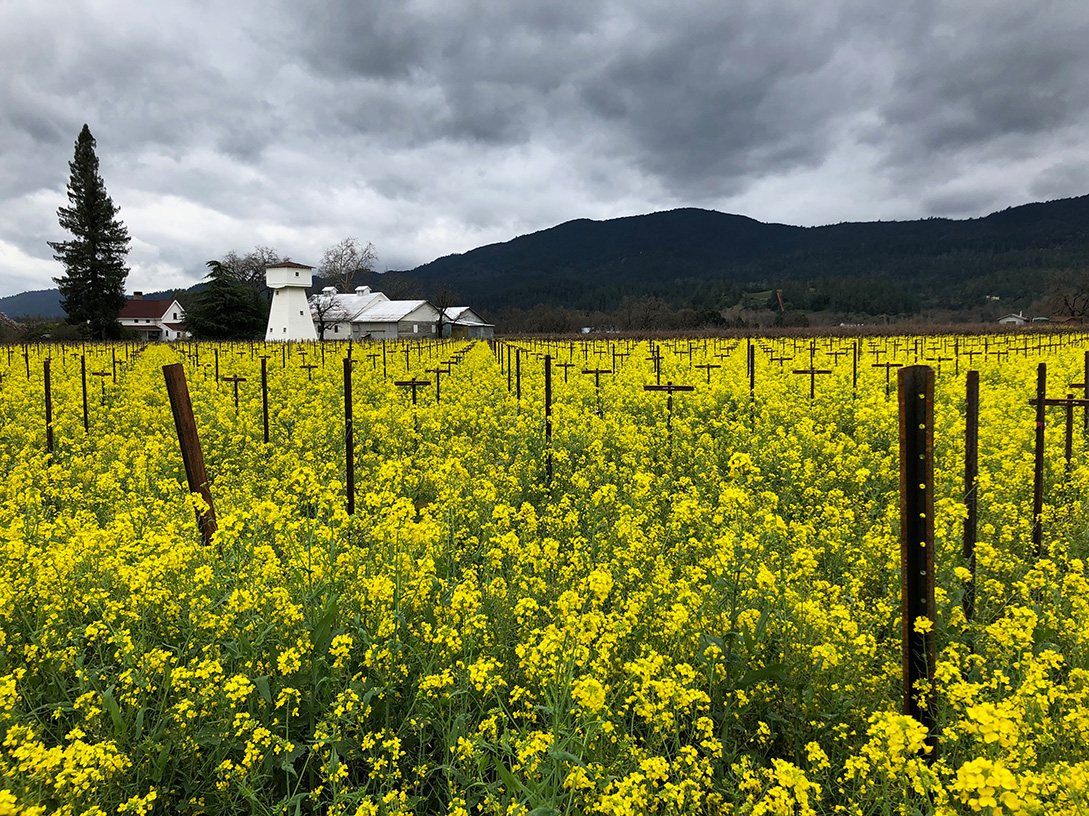
Williams Rossi Cabernet Sauvignon
One of three Soil Selection wines produced by Frog’s Leap, the Williams Rossi Cabernet Sauvignon represents an extremely limited selection of fruit identified during harvest as exceptional. Mini fermentations in individual barrels are kept separately, and when the wines are finished the best of the best are blended to craft a character driven wine that is deeply personal, and wholly rooted in this winemaking family’s Rutherford home.
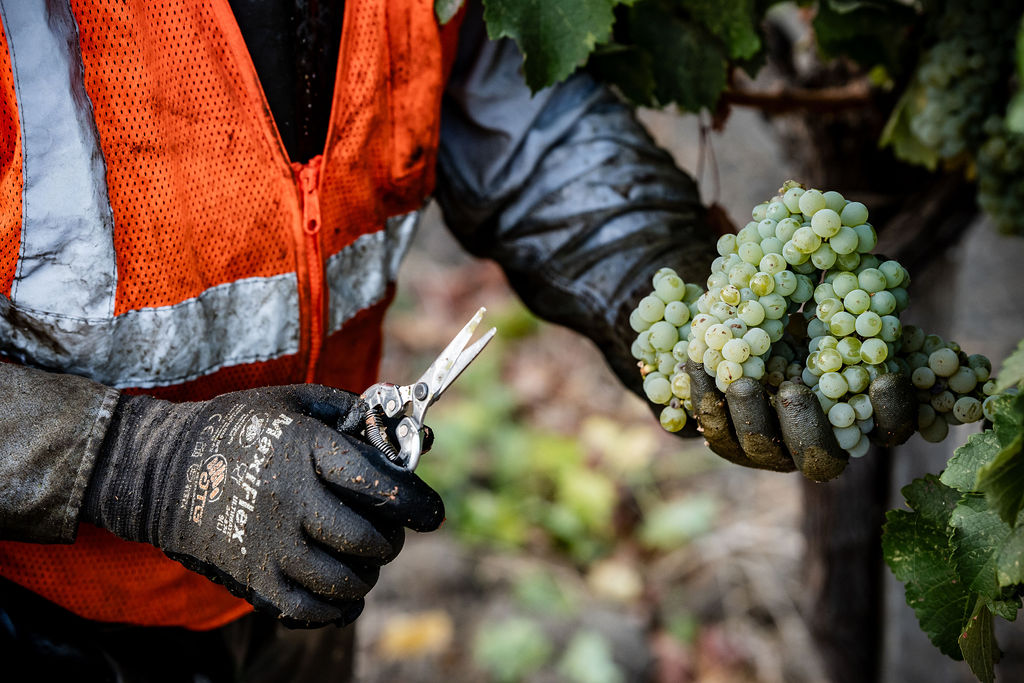
Clean, fresh, minerally… our Sauvignon blanc is made from dry-farmed and certified organically grown grapes from our estate vineyards in Rutherford, and vinified in a way that allows the wine to retain the purity and distinctiveness of this noble variety — a variety we have some experience with, having produced it every year since Frog’s Leap was founded in 1981.
Sauvignon Blanc
Clean, fresh, minerally… our Sauvignon blanc is made from dry-farmed and certified organically grown grapes from our estate vineyards in Rutherford, and vinified in a way that allows the wine to retain the purity and distinctiveness of this noble variety — a variety we have some experience with, having produced it every year since Frog’s Leap was founded in 1981.
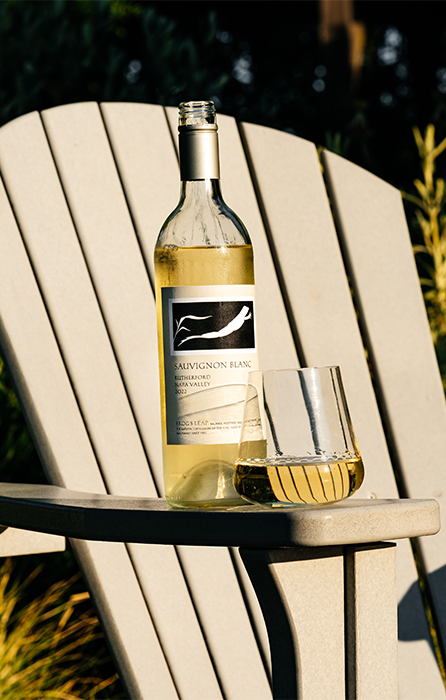
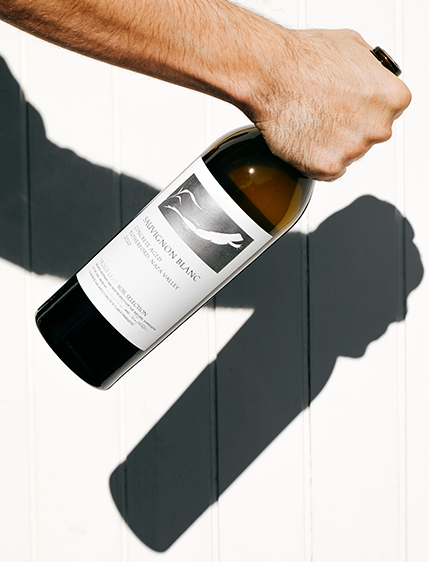
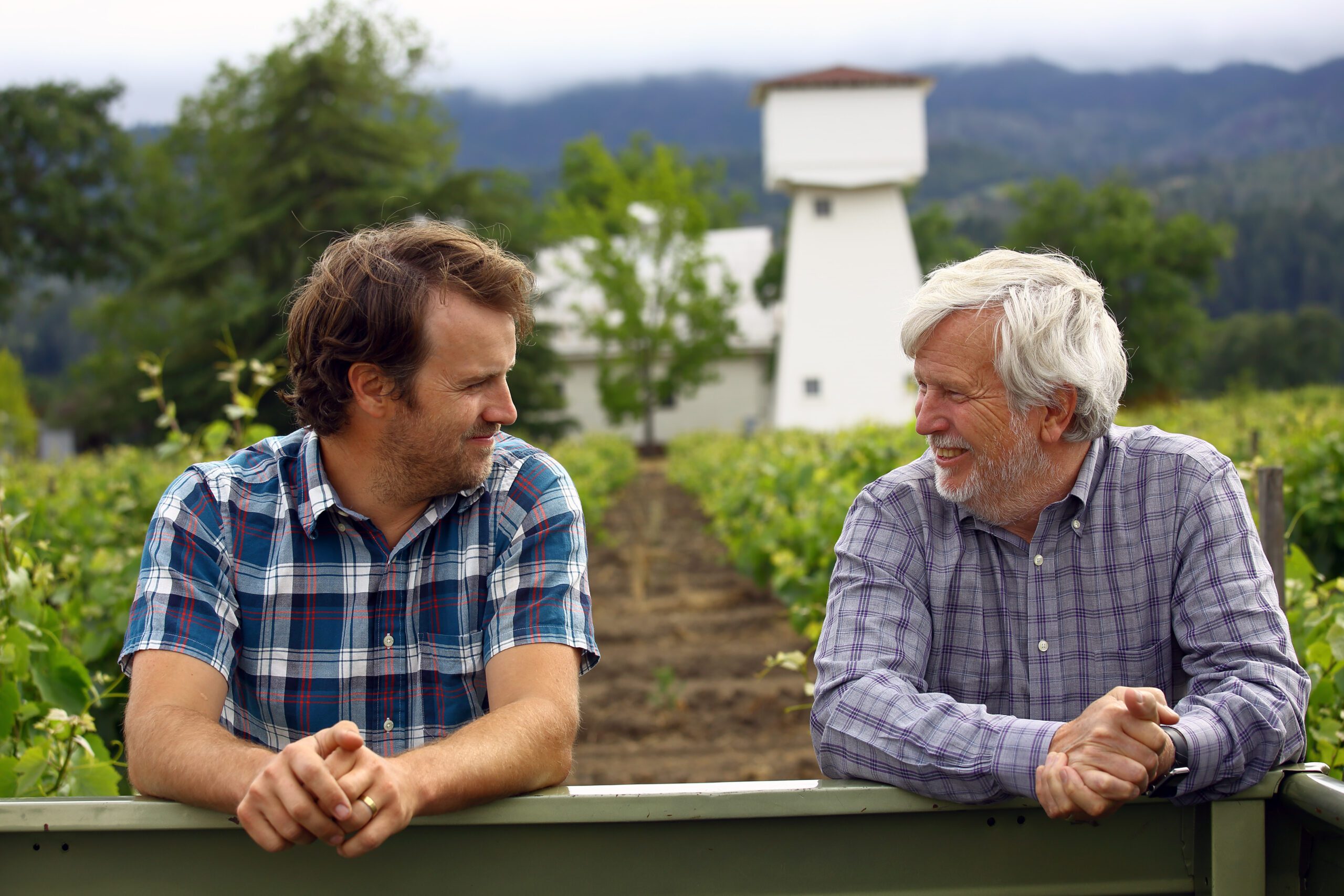
Concrete Aged Sauvignon Blanc
One of three Soil Selection wines produced by Frog’s Leap, the Concrete Aged Sauvignon Blanc is made from older vines on the Williams Rossi ranch planted in 1981. Similar to other Soil Selection wines, fruit is selected for exceptional taste during harvest and fermented separately, however this wine is crafted in concrete eggs with lees intact — resulting in a mineral-driven, complex Sauvignon Blanc that captures the full potential of a deeply personal plot of Rutherford ground.
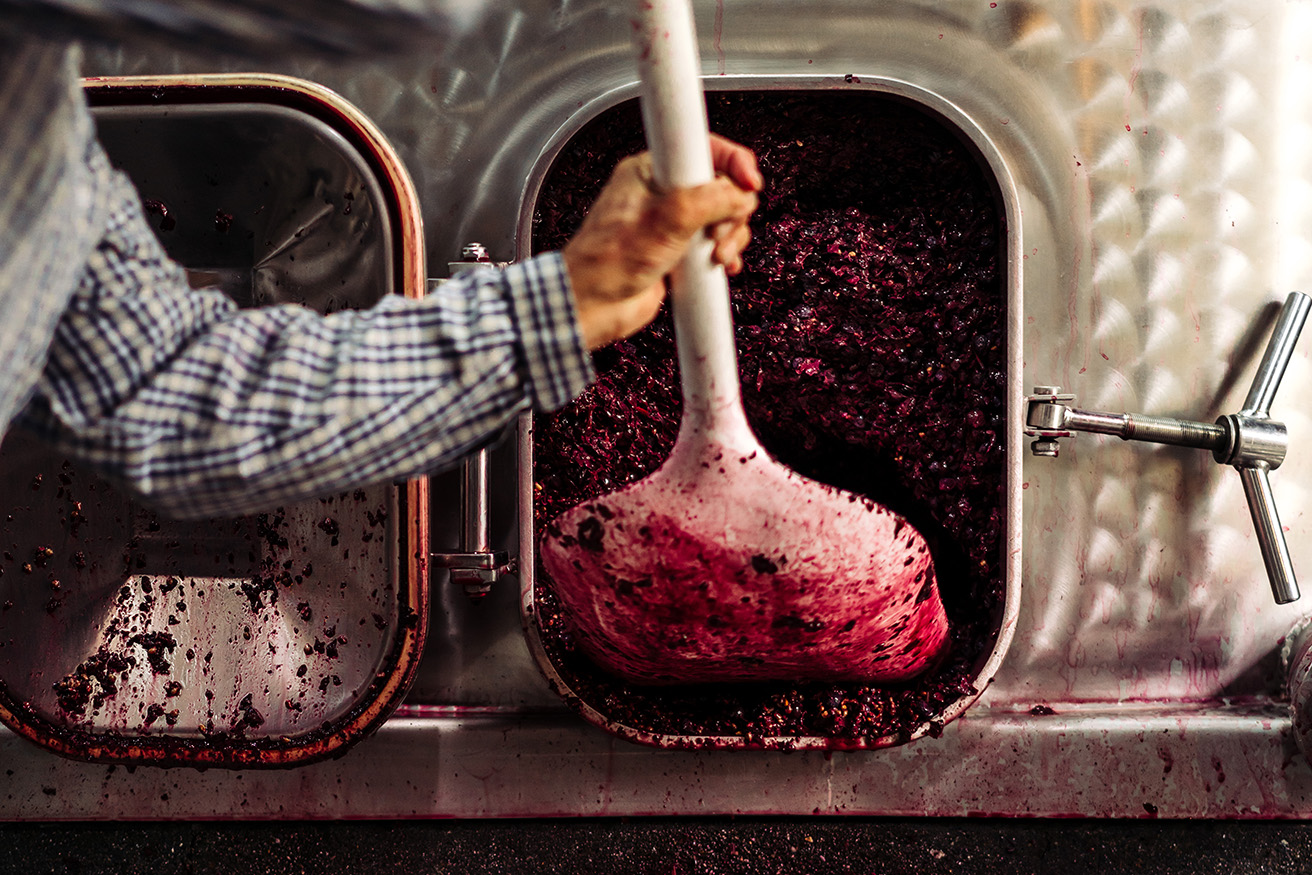
Grown in the right soil (cool clay), farmed with respect and handled with care in the cellar, Merlot makes for an exquisite wine — infinitely age-able and absolutely perfect where the cuisine requires a wine of subtlety and strength. Experience in crafting this wine (since 1990) has led us to experiment with the blend from time to time, augmenting with small portions of Cabernet Sauvignon or Cabernet Franc as the vintage requires.
Merlot
Grown in the right soil (cool clay), farmed with respect and handled with care in the cellar, Merlot makes for an exquisite wine — infinitely age-able and absolutely perfect where the cuisine requires a wine of subtlety and strength. Experience in crafting this wine (since 1990) has led us to experiment with the blend from time to time, augmenting with small portions of Cabernet Sauvignon or Cabernet Franc as the vintage requires.
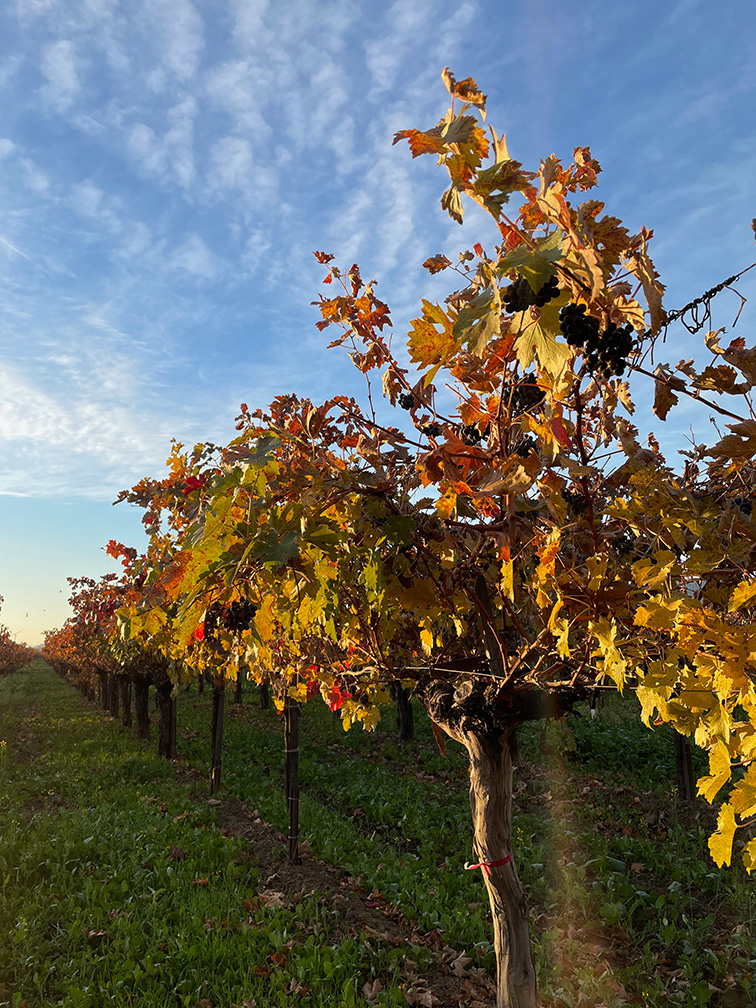
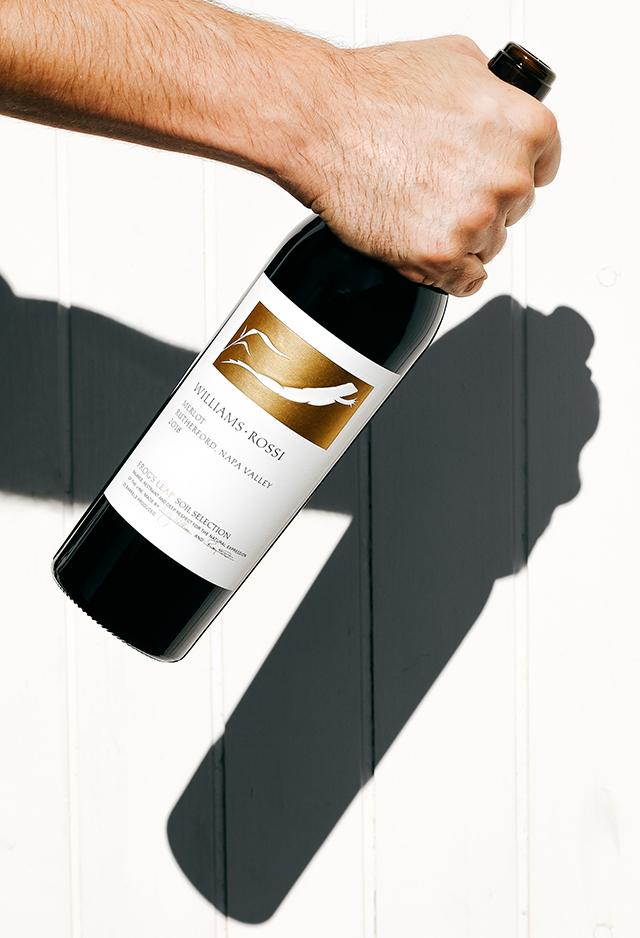
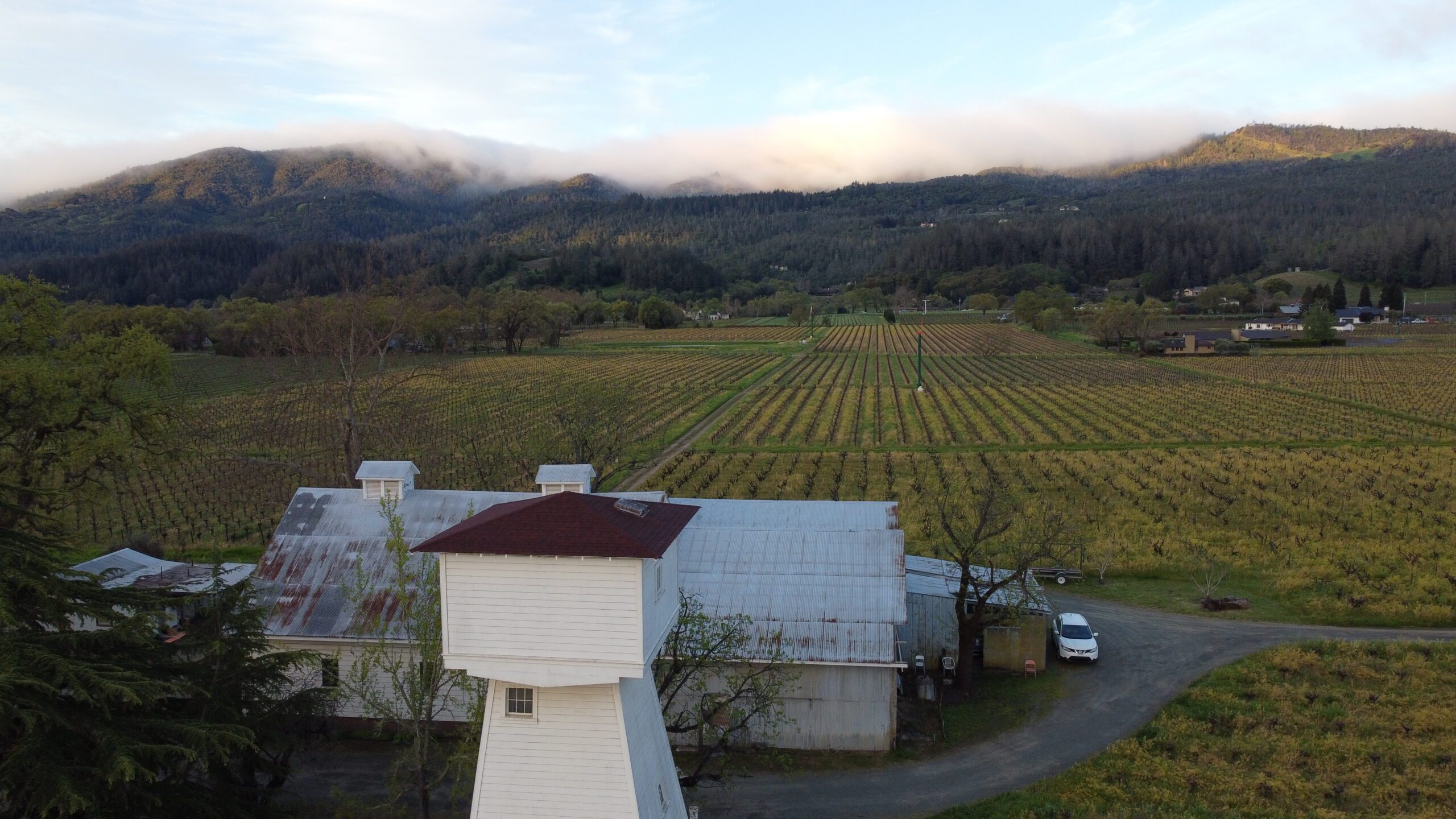
Williams Rossi Merlot
One of three Soil Selection wines produced by Frog’s Leap, the Williams Rossi Merlot represents an extremely limited selection of fruit identified during harvest as exceptional. Mini fermentations in individual barrels are kept separately, and when the wines are finished the best of the best are blended to craft a character driven wine that is deeply personal, and wholly rooted in this winemaking family’s Rutherford home.
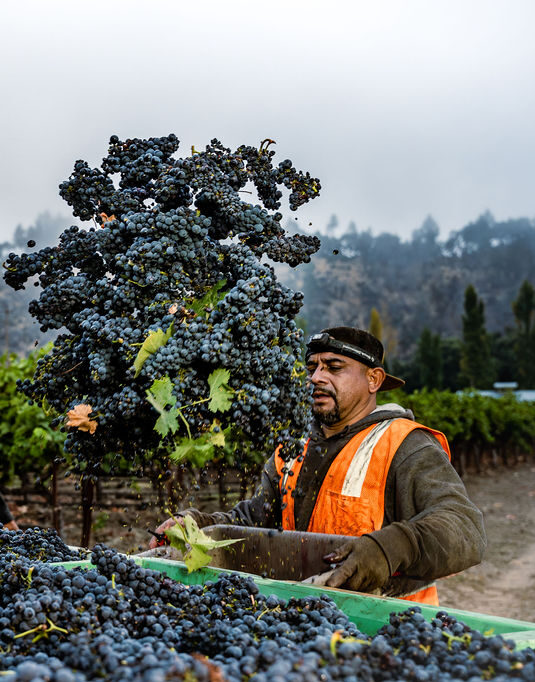
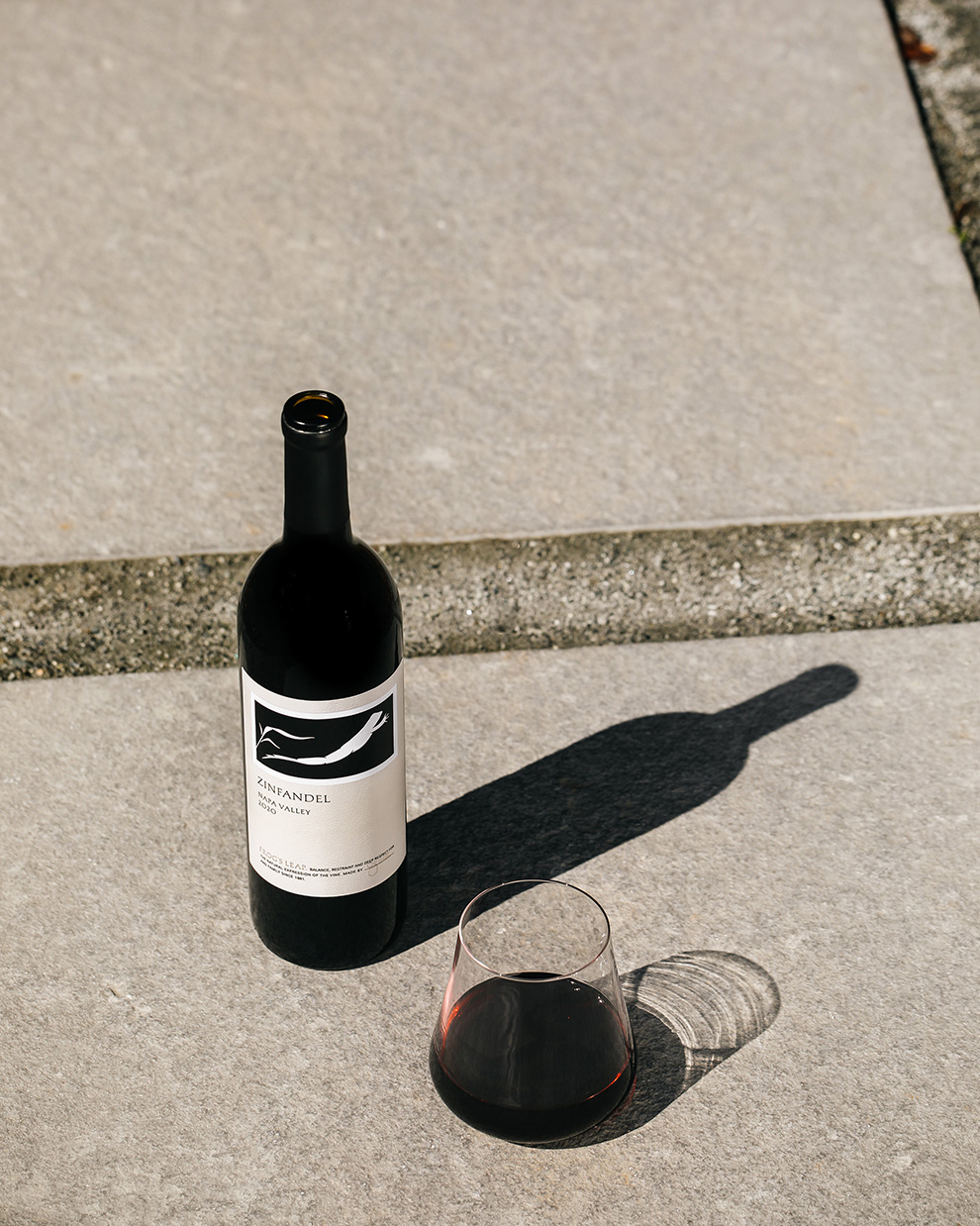
Zinfandel
Our Zinfandel draws its power from sophistication rather than robust alcohol content. Made in the classic field blend style that includes significant portions of Petite Sirah and Carignane the fruit is co-fermented, and then aged in concrete tanks that cement its ability to deliver deep, warm summer fruit flavors in the glass that only improve and gain in complexity with time in the bottle.
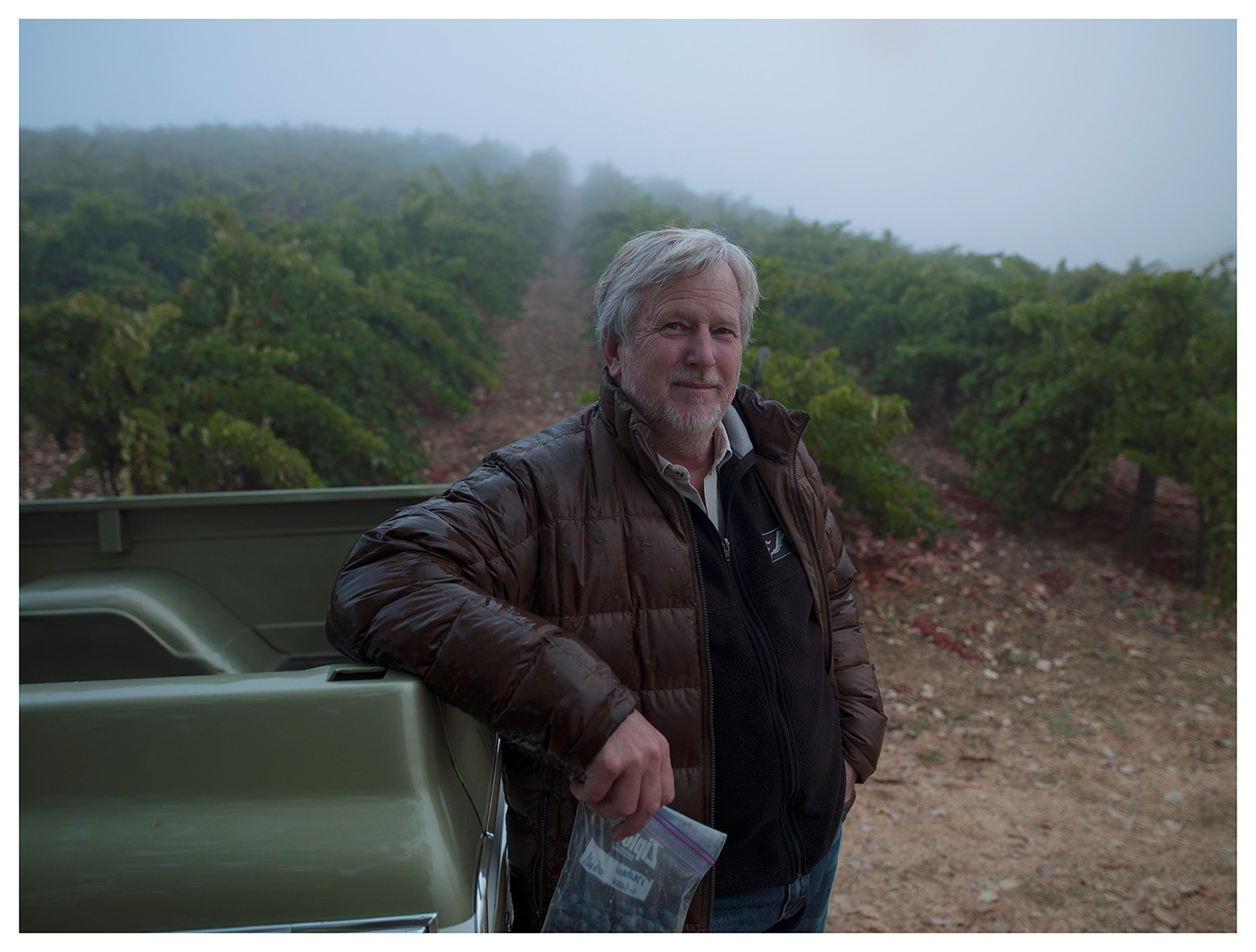
Bearing the additional moniker of “Shale and Stone” on the label, our Chardonnay is made from vines deeply rooted in the decomposed shale and sandstone that are characteristic of the steeply-sloped hillsides of Carneros; and lend themselves perfectly to a wine that is pure, clean, fresh, restrained, and infinitely drinkable.
Chardonnay
Bearing the additional moniker of “Shale and Stone” on the label, our Chardonnay is made from vines deeply rooted in the decomposed shale and sandstone that are characteristic of the steeply-sloped hillsides of Carneros; and lend themselves perfectly to a wine that is pure, clean, fresh, restrained, and infinitely drinkable.
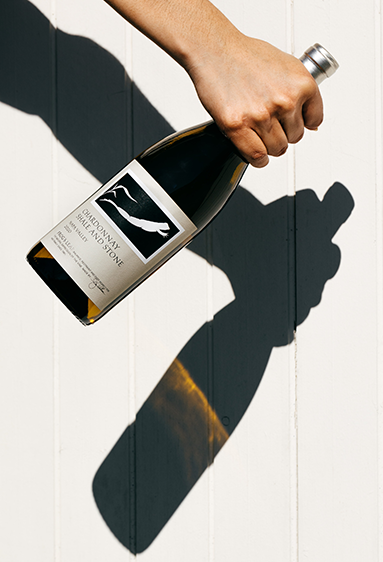
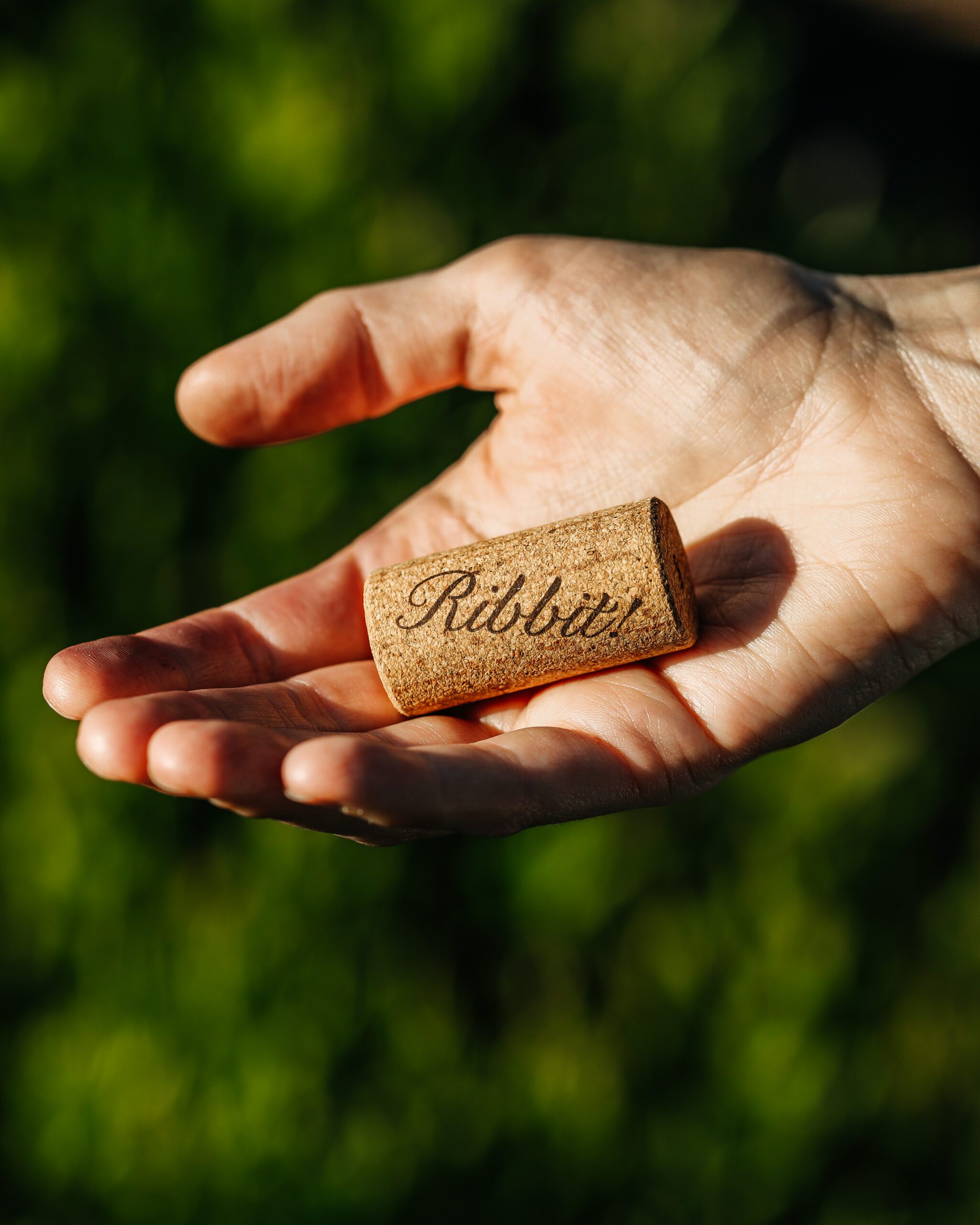
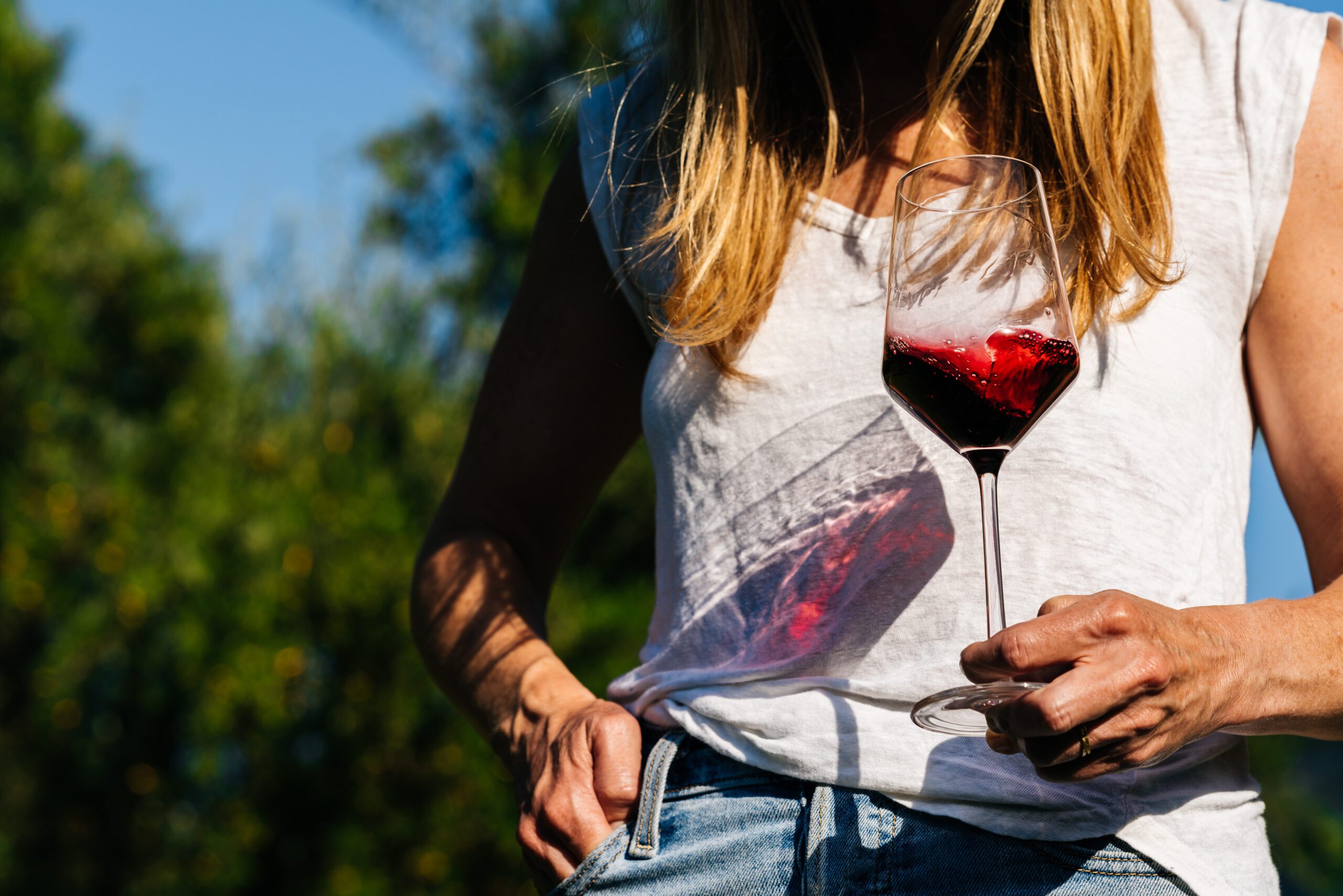
Renegades, Reserves and Rarities
John Williams has an insatiable curiosity when it comes to wine — a curiosity enthusiastically shared by his son, Rory Williams. And so, armed with an abiding belief that lots of other people share this passion they successfully lobby year after year to be indulged. Sometimes a barrel sings so finely in the cellar it deserves its own bottling. Sometimes only a handful of cases can be made (Valdigiué). Sometimes there’s a unique vintage condition; or perhaps they were offered opportunity to acquire grapes they’ve never seen before (hello, Cinsault), or found a really cool old vineyard in an entirely different county just begging to be made into wine (Mendocino Rosé) that won’t fit the estate profile. Go ahead, it doesn’t cost a thing to look…
